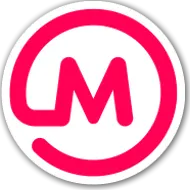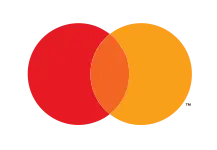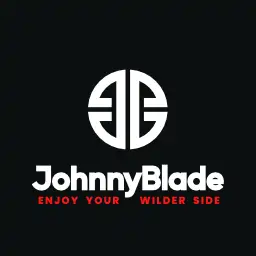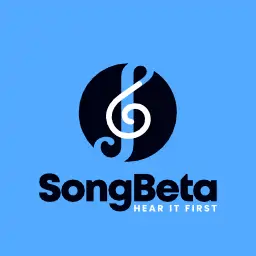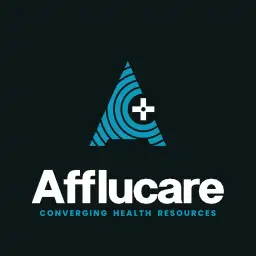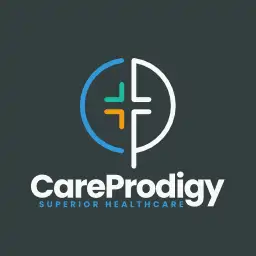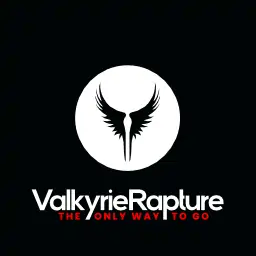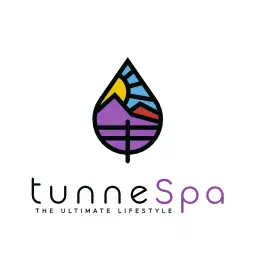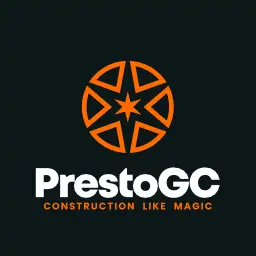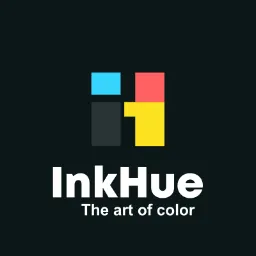The Benefits of a Strong Brand
Branding does not just attract, engage, and retain customers, leading to higher profits and greater market share, but also have a positive effect on employees and investors. Some interesting brand related statistis are:
- 81% of customers report needing to trust a brand to buy a product.
- 4 in 5 market leaders says their brand is critical to their success.
- Brand recognition is a primary goal in 80% of advertising.
- Social media is the #1 market channel to build brand recognition.
- Brand recognition nearly doubles when using a signature color.
- 77% of consumers purchase based on brand recognition over product quality and features.
- 64% of customers feel emotionally attached (affection) to their favorite brands.
- 93% of people trust product recommendations of friends & family.
- Nearly 50% of new business can come from referrals, and brand memorability makes it possible.
- 96% of buyers mention customer service as the primary factor behind brand loyalty.
- On average, 1 loyal customer produces the revenue of 10 one-time customers.
- When customers trust a brand, up to 62% of them stay loyal.
- When new customers are 20% of the existing customer base, retaining 40% of existing customers is worth 200% of the year's marketing budget.
- Brand recognition is a factor in over 80% of investment decisions.
- Recognized brands have up to 50% more job applicants (more employee options).
- Recognized brands have up to 30% lower turnover (better employee retention).
- Recognized brands have up to 50% lower cost to hire employees.
There are two main types of products, commodities and differentiated products:
Commodities
These are products that are sold based on a standardized price per pound, or unit of volume (grains, coffee, gold, etc.). The perception of the market is such, that it does not recognize a difference between one ounce of 24 karat gold from one source or another. Having a brand is not relevant to the buying decision if the only reason people are buying a product is price per unit of measure, because the next time, the product purchased will be the lowest price again.
Differentiated Products
Products that have unique features that deliver benefits to customers, providing a superior experience when consuming the product are known as differentiated. Highly unique products come to mind. We would never compare the price of a Ferrari to the price of another car based on the weight of the car. But differentiated products include all the brands in the supermarket as well. Even a low price product with a consistent mid-level of quality, could be a unique value proposition, and as such, could differentiate the product from the competition. Commodities are often sold in differentiated marketplaces. For instance, gold may be sold in an exchange that guarantees the purity of the gold they sell, offer safe and convenient transactions, and have a reputation for integrity.
Brand Benefits
Differentiated products that have a consistent appeal to a target audience, can obtain enormous gains by developing an attractive, engaging, and memorable brand. When customers experience the product, they associate that experience with the brand. When seeking the product again, they may recall the brand and know where to purchase it, or can recognize the brand instantly on a shelf or listing among competitors, and the likelihood of a repeat purchase is much higher. Brands also facilitate recommending products to friends and family. Simply put, brands produce traction, attracting new customers, retaining existing ones, and increasing the total market share and stability of a company. Creating brands that resonate with the target market, is one of our specialties.
